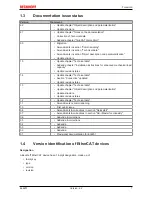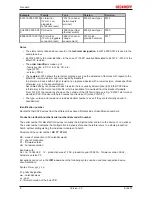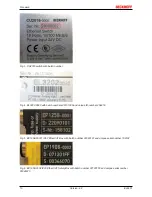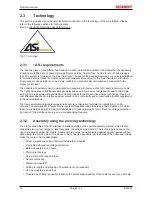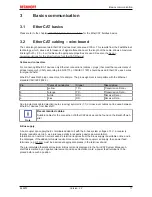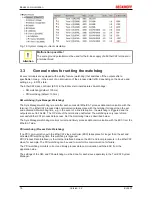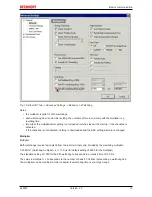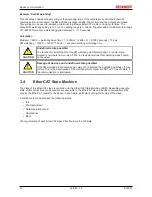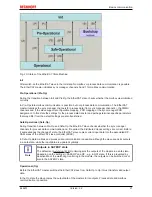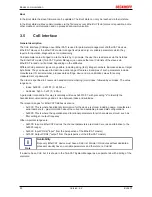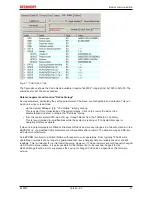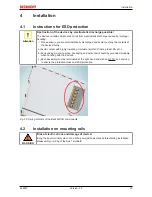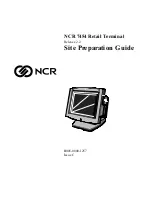
Product overview
EL6201
14
Version: 2.2
2.3
Technology
This section provides a short general technical introduction to the technology of the AS interface. Please
refer to the following sections for further details.
(Source: (
AS-INTERNATIONAL ASSOCIATION e.V.
)
Fig. 11: AS-i logo
2.3.1
• AS-i requirements
The industry places many different demands on modern automation systems. It demands that the necessary
functions are fulfilled at an optimum price-performance ratio. AS-Interface, or AS-i for short, does precisely
that. The system is focused on the lower field level. The goal of the development was not a universal fieldbus
for all areas of automation, but rather an economically practical system for the lower field level, with which
binary sensors and actuators can be simply, reliably and economically networked and connected to the
higher control level.
The sensors and actuators can be networked and supplied with power via the AS-i-specific twin-core cable.
The cable harnesses of traditional cabling are dispensed with. A massive cost reduction due to the simple
wiring, which is possible without extensive training thanks to the proven click-and-go technology. Due to its
cost effectiveness the AS-Interface system proves to be a technically and economically practical supplement
to the normal fieldbus.
The freely selectable network topology and its simple configuration facilitate the installation of an AS-i
network. The susceptibility to faults of other systems frequently leads to delays in the installation, for which
reason care was taken with the AS-Interface system to reduce sources of error. Reverse voltage protection
by means of the profiled cable is just one corresponding measure.
2.3.2
Assembly using the piercing technology
The simple assembly of the AS-interface is made possible by the special assembly method, which is also
called the piercing technology or, less frequently, the click-and-go method. The technology is based on the
use of the usually yellow AS-i cable, a cable with two cores that is protected against polarity reversal. When
assembling, the piercing pins of the device to be connected penetrate into the cores of the cable and reliably
make the contact. Some advantages:
• Direct, simple connection of sensors/actuators or modules
• Flat cable with reverse voltage protection
• Data and energy in one cable
• Piercing technology
• Very simple connection method
• Secure contacting
• Protection class IP67
• Cutting to length and stripping of insulation are not necessary
• Can be mounted in any place
• Trouble-free shifting is possible thanks to the self-healing capability of the cable for each type of cable







